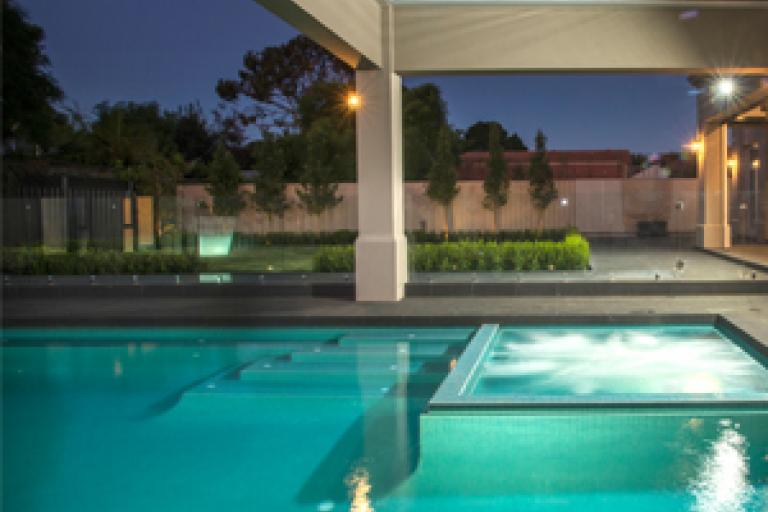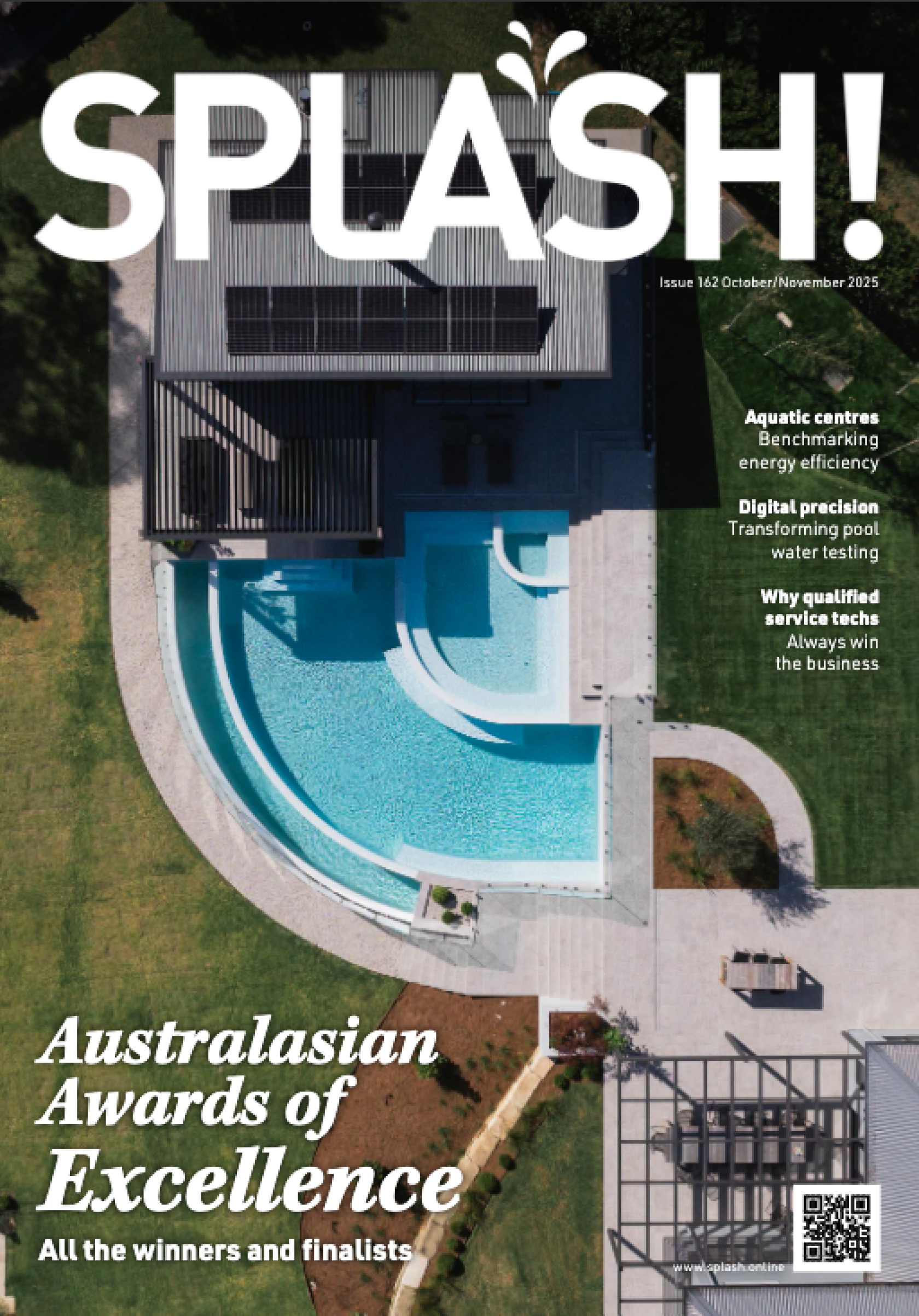Top 10 tips for photographing swimming pools (part one)
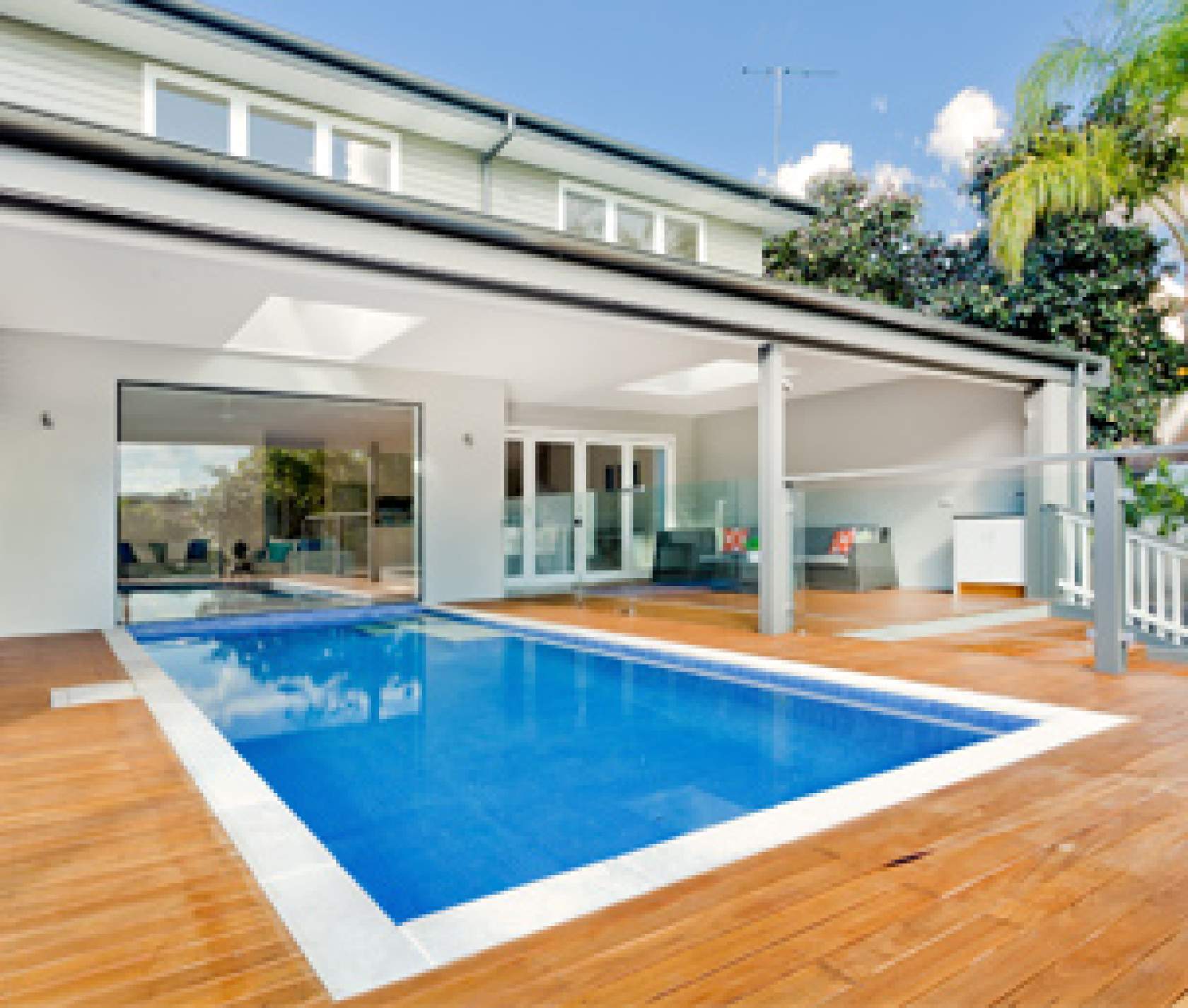
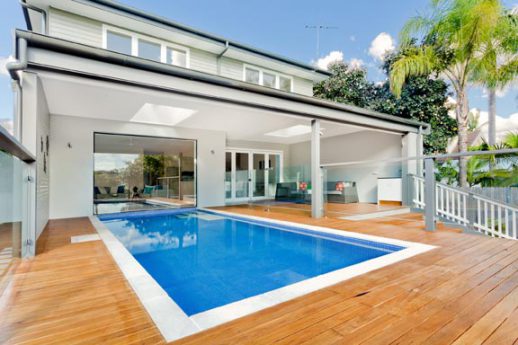
Matt Kemp is a professional photographer and photography trainer on Sydney’s northern beaches. Part of his diverse portfolio is photographing swimming pools for builders who use them for their websites, marketing material, award entries and even archiving. Taking pool photos can be a challenge, but good shots can make a big difference towards success in industry awards and for attracting potential customers.
Here he divulges highly useful tips to help you take better swimming pool photos, whether you’re taking them to highlight your diversity, to show off your best projects or to create a poolside “hero shot” for your website.
1. Prepare your pool
Preparation is everything. The perfect photo requires effort. Make sure your photos are clear of clutter, distractions, scruffy branches, general untidiness, pool slime, calcium build-up, water streaks on glass fences, puddles on the decking and water debris. Try to style any surrounding furniture if it is to be included in the composition.
2. Make the photo more appealing
Regardless of whether the photos are for marketing or a prestigious design award competition, always try to remember that you are selling the seduction of a lifestyle choice. Ask yourself, how does this image make me feel? A simple change of angle can make all the difference. Other things like coloured towels, sunshine, and smiling people can all help add an enticing appeal to your photos.
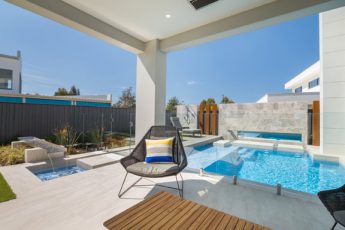
3. Use good equipment
This means a decent camera with a decent lens.( But even if you’re just using a smartphone, use a current model with the best image quality you can get.) A DSLR or mirrorless camera is recommended because they allow for manual operation and the ability to fit a high quality optical wide-angle lens. An ultra-wide angle (UWA) lens is essential for taking overall photos of the pool.
4. Use a wide-angle lens
When taking wide angle photos, experiment with your angles. These lenses are very good at introducing diagonal lines in your photo and provide a compositional element of visual excitement. Be careful not to tilt the camera too far up or down as keystone distortions will occur. This can be corrected with some software but save yourself the time and get things right in the camera. Make it your motto, software is for enhancements, not surgery.
5. Shoot for sharpness and clarity
A smartphone tends to get everything in focus but they are very limited when it comes to creative lenses. If you are using a DSLR or mirrorless system, set the camera’s aperture to f/11 – f/13 (within the lens sharpness sweet spot) to ensure that everything in the frame is focused and sharp.
Go to Top 10 tips for photographing swimming pools (part two) to see tips 6 to 7.
Good photography can be very frustrating and it takes a lot of skill and knowledge to work with varying light. If you are serious about taking your own photos it will pay dividends if you invest time in learning how to properly control your camera for creative results. If you want to save time and frustration, then you might consider hiring a professional photographer. Matt Kemp provides both of these services.
Contact: 0404 956 624; www.mattkemp.com
Instagram: mattkempphotography

